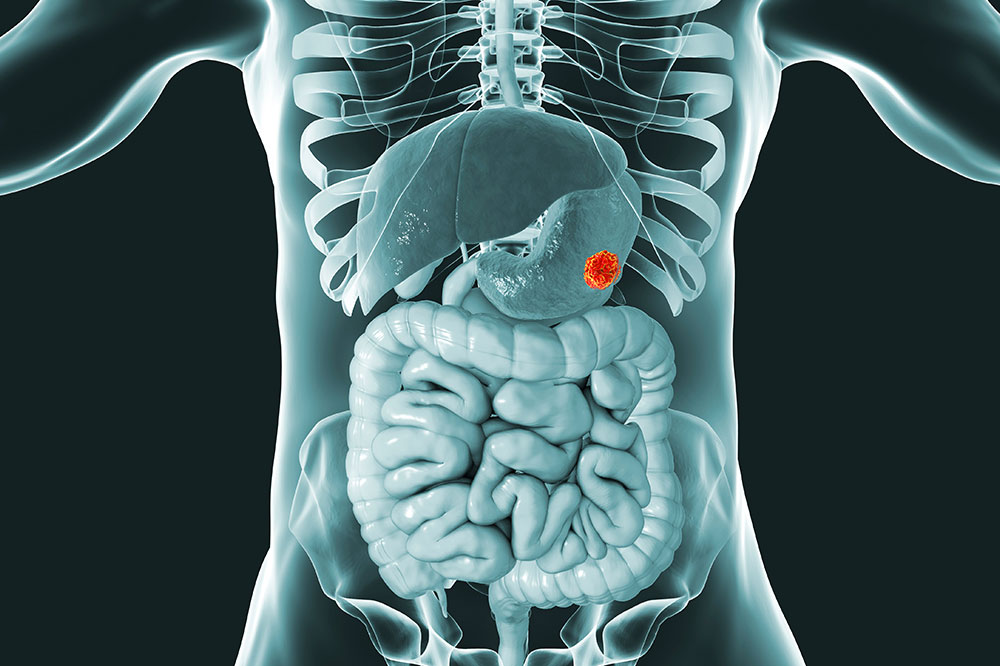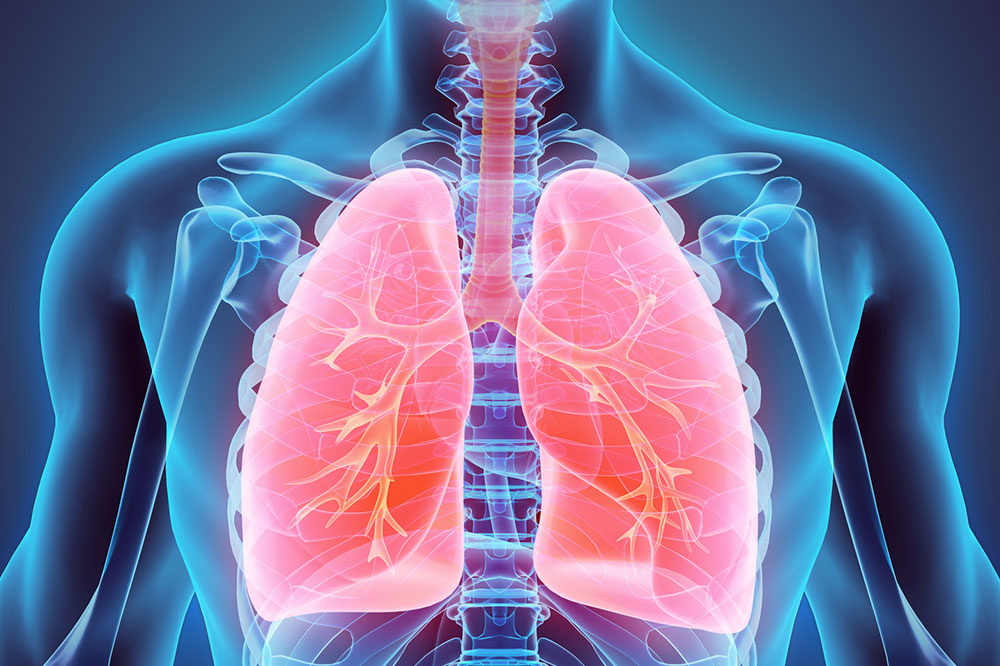Comprehensive Guide to Gastrointestinal Stromal Tumors: Symptoms, Causes, and Treatment Strategies
This comprehensive guide explores gastrointestinal stromal tumors (GISTs), detailing their symptoms, causes, and the latest treatment strategies. Early diagnosis is crucial, with treatment options including surgery, targeted drug therapies, and adjuncts like chemotherapy. Understanding the genetic basis involving KIT and PDGFRA mutations helps tailor personalized therapies, improving patient outcomes. Recognizing symptoms early can lead to timely intervention, which is vital for effective management of this potentially malignant disease.

Comprehensive Guide to Gastrointestinal Stromal Tumors: Symptoms, Causes, and Treatment Strategies
Gastrointestinal stromal tumors (GISTs) are a relatively rare but significant type of growth that occurs within the digestive system. These tumors originate from abnormal cell proliferation in the walls of the gastrointestinal (GI) tract and are most commonly located in the stomach and small intestine. However, they can also develop in other parts of the digestive system, such as the esophagus, colon, or rectum. Recognizing the importance of early diagnosis and understanding the causes, symptoms, and treatment options for GISTs is essential for effective management and better patient outcomes.
Recognizing the Symptoms and Signs of GIST GISTs often grow silently, causing minimal or nonspecific symptoms in their early stages. Many individuals are unaware they have a tumor until it has reached a size that causes discomfort or complications. The severity and presence of symptoms typically correlate with tumor size, location, and whether the tumor has spread.
Persistent abdominal pain or discomfort, often dull or aching in nature
Signs of bowel obstruction, such as constipation, cramping, or inability to pass stool or gas
Decreased appetite leading to early satiety
Palpable mass or lump in the abdomen, which may be noticed during self-examinations or physical assessments
Nausea and vomiting, especially if the tumor blocks part of the gastrointestinal tract
Chronic fatigue and weakness that persists over time
Unintentional weight loss, often associated with other gastrointestinal issues
Understanding the Causes Behind GIST Development The origin of GISTs is linked to the interstitial cells of Cajal—specialized cells that serve as pacemakers to regulate gut motility and coordinate food movement through the digestive tract. These cells are found throughout the GI tract, and mutations within them are the primary drivers of tumor formation.
Genetic mutations are responsible for converting healthy interstitial cells of Cajal into tumor cells. The most common mutation involves a gene called KIT, which encodes a receptor tyrosine kinase enzyme. This mutation causes abnormal activation of the enzyme, leading to uncontrolled cell growth and division. Less frequently, mutations in another gene called PDGFRA are involved. These genetic changes cause the cells to proliferate uncontrollably, forming tumors that vary in size and aggressiveness.
Environmental factors and lifestyle choices have not been strongly linked to GIST development, making genetic mutations the primary factor. Research continues to explore the molecular pathways involved to identify potential targets for therapy and improve prognosis.
Current Treatment Modalities for GIST
Treatment strategies for GISTs are tailored based on tumor size, location, spread, and patient health. Managing GISTs often requires a multidisciplinary approach combining surgery, targeted drug therapy, and sometimes adjunct treatments such as chemotherapy or radiation, especially in advanced cases.
Surgical Intervention Complete surgical removal remains the primary and most effective treatment for localized GISTs. Surgeons aim to excise the tumor along with a margin of healthy tissue to minimize recurrence risk. The surgical approach varies depending on the tumor’s size and location, with minimally invasive techniques preferred when feasible.
Chemotherapy and Radiation Therapy While traditional chemotherapy and radiotherapy have limited roles in treating GISTs, they may be useful in cases where tumors are unresectable or have metastasized. These therapies can help control tumor growth and palliate symptoms but are generally not curative for GISTs.
Targeted Therapy Since many GISTs harbor mutations in KIT or PDGFRA, targeted molecular therapies are key components of modern treatment. Drugs like imatinib (Gleevec) are designed to inhibit these abnormal proteins, effectively controlling tumor growth. When resistance develops or in cases of advanced disease, other agents such as sunitinib or regorafenib are employed. These targeted therapies have significantly improved survival rates and quality of life for patients with GISTs.
Other emerging treatments and clinical trials continue to expand options for managing complex cases of GIST, with a focus on personalized medicine approaches that target specific genetic mutations.





